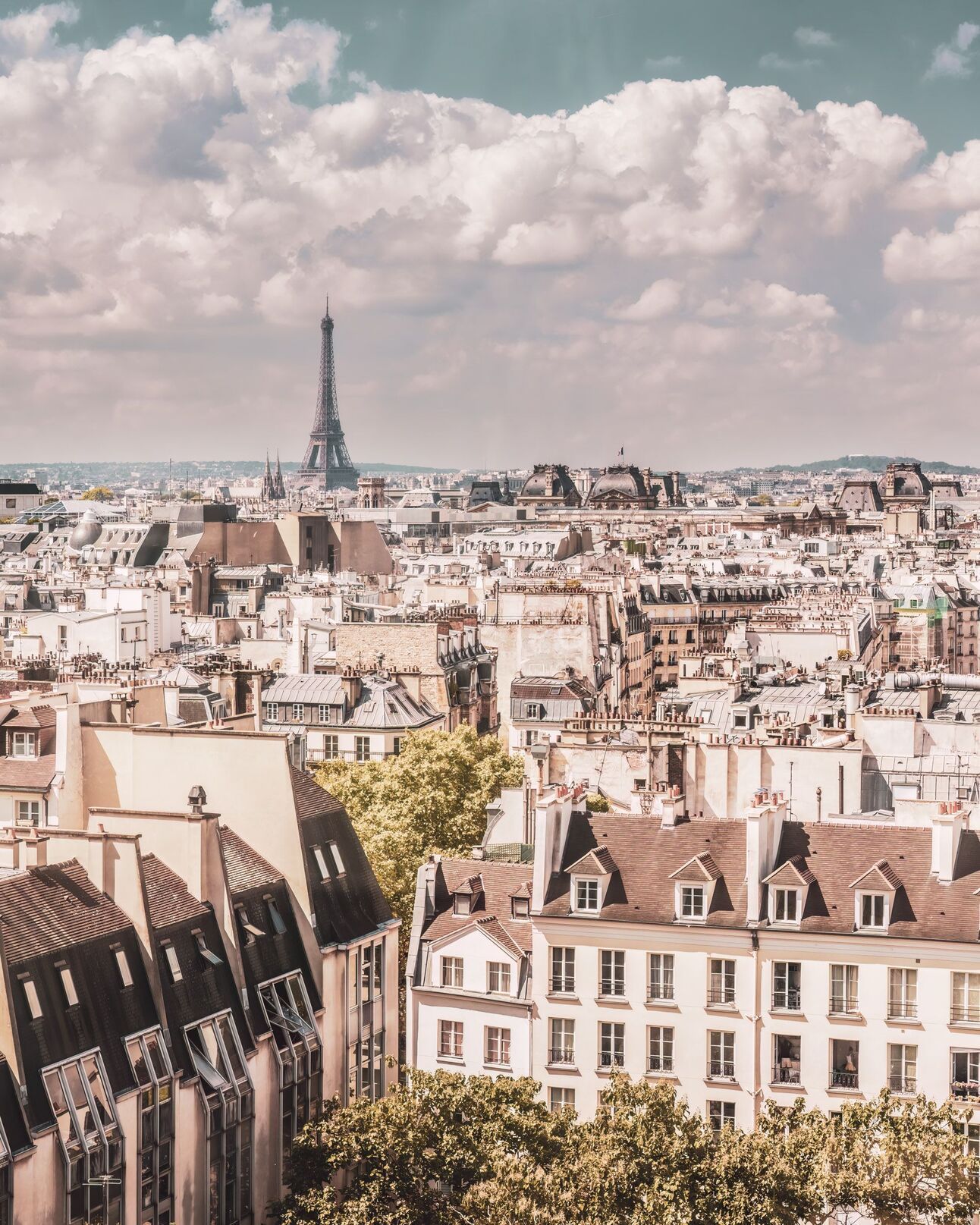
In This Issue of The Paris Love Letter
Café Culture: A Parisian Coffee Renaissance
Hidden Gems: Unveiling the Charm of Batignolles
Travel Tips: Embracing "Flânerie"
Art & Literature: Charles Baudelaire - A Poetic Love Letter to Paris
A Peek into History: Paris Skyline - A Tale of Time
Fun and Unusual Stuff: The Hidden Arrows of Paris
Featured French Song: Indila - Dernière Danse
Found in Paris - Fun & Useful Stuff From The Web
➡️ Unusual Museums in Paris - If you're looking for an original themed museum in Paris, this is a decent guide with several unusual museums listed.
➡️ The Closing of Pompidou Center - Since it came up this week on our Facebook page, I thought I'd include an article from CNN Travel on the closing and renovation of the Pompidou Center.
Café Culture: A Parisian Coffee Renaissance

Paris, a city renowned for its café culture, is fostering a fresh wave of coffee appreciation. While the conventional cafes — with their uniform rows of small round tables facing the streets and offering café au lait and espressos — remain an enduring emblem of Parisian lifestyle, a coffee renaissance is silently brewing in the City of Lights.
Enter the vanguards — the artisanal third-wave coffee spots that are ramping up the focus on quality, from bean to brew. These cafes often source their beans directly from farmers, ensuring ethical practices and unmatched freshness.
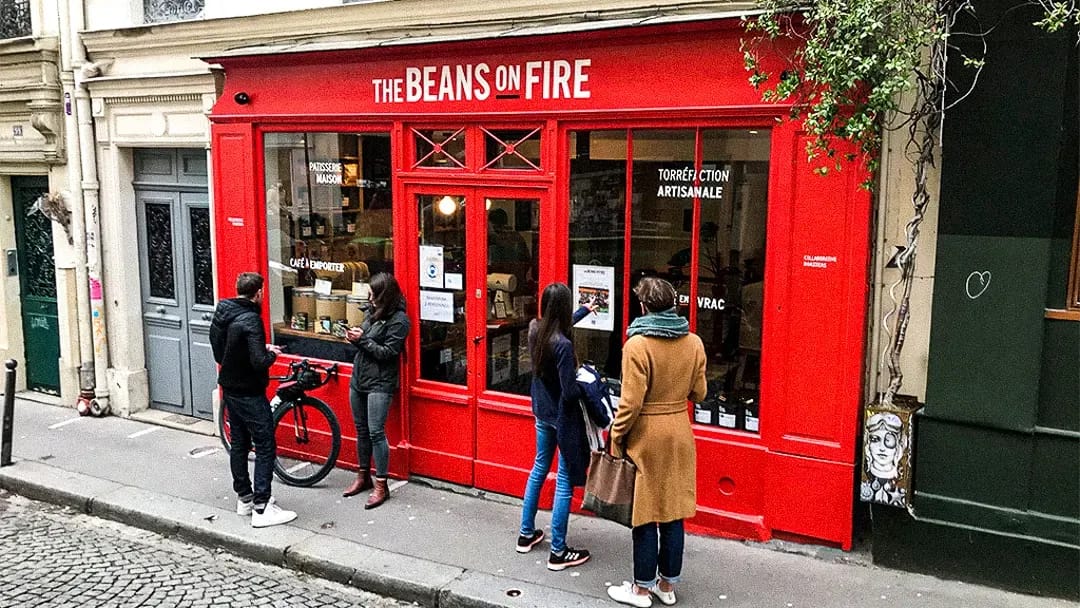
The Beans on Fire
One such trendsetter is "The Beans on Fire" in the 11th arrondissement. This cooperative roastery and café boasts an eclectic community spirit and some of the best coffee in Paris. Their variety of beans — all ethically sourced and roasted on-site — give each cup a unique flavor profile, making it a paradise for coffee connoisseurs.
Nestled in the vibrant Belleville neighborhood, "Belleville Brûlerie" is another shining beacon of the Parisian coffee scene. Originating as a small roastery, it quickly gained fame with locals and tourists alike for its exceptional brews and coffee workshops. Their passion for the craft is evident in each cup served, offering an immersive coffee experience far beyond the typical café au lait.

For a classic French coffee experience, "Café de Flore" is a must-visit. As one of the oldest and most distinguished coffeehouses in Paris, it has served generations of intellectuals, writers, and artists, providing a genuine taste of Parisian café culture along with a side of history.
Coffee culture in Paris is a delicate blend of tradition and innovation, offering something for every coffee lover. Whether you're a fan of classic French coffee or enjoy exploring unique flavors, these cafes provide a delightful Parisian coffee rendezvous.
Hidden Gems: Unveiling the Charm of Batignolles
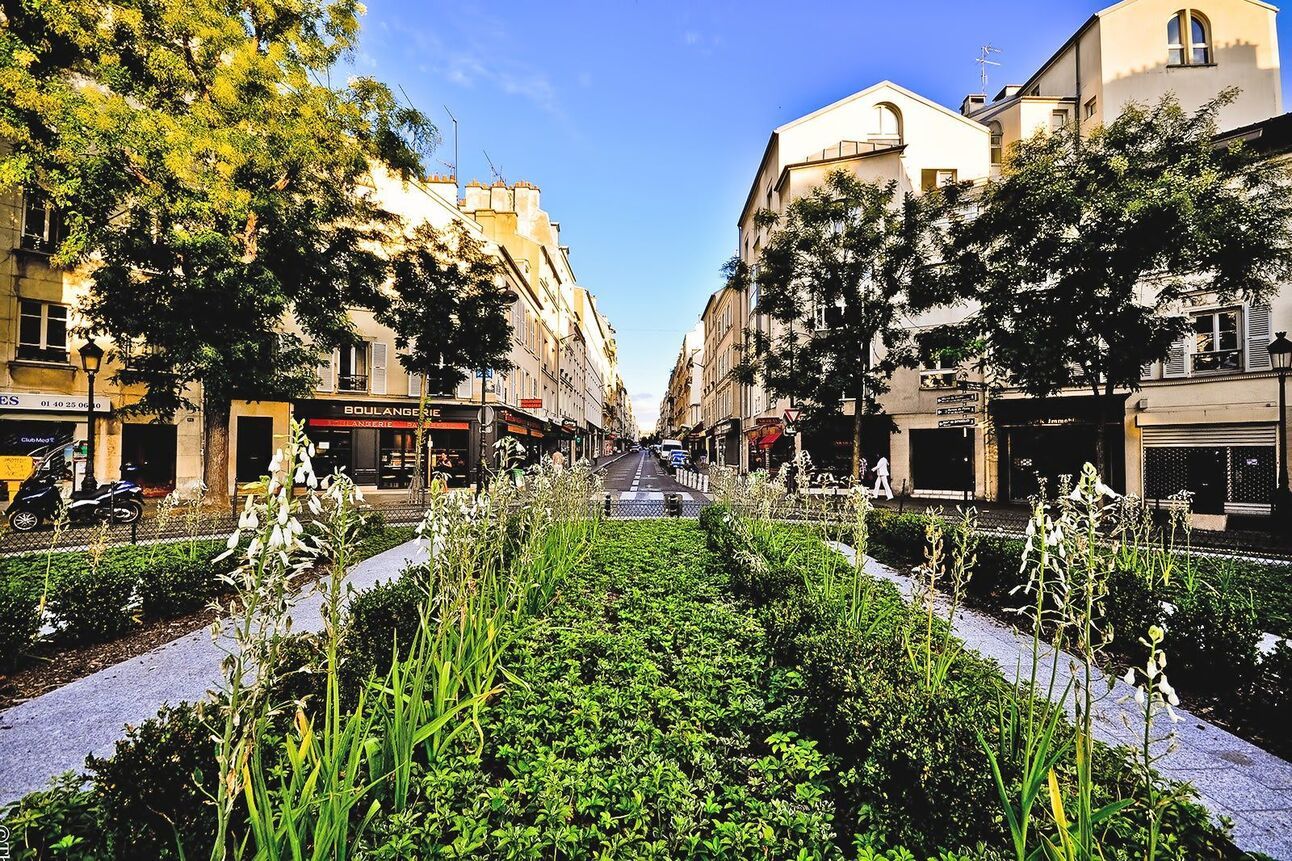
Batignolles
Tucked away from the bustling heart of Paris lies Batignolles, a quaint, village-like neighborhood that is a hidden gem waiting to be discovered. Steeped in artistic history and boasting an untouched charm, this enclave encapsulates the soul of the city.
Batignolles was once the rendezvous of renowned artists, including Édouard Manet and Paul Verlaine. Their influence can still be felt in the neighborhood’s vibrant arts scene. Small, independent galleries and artists' studios line the winding streets, exhibiting a dynamic range of local talent.

Cafe in Batignolles
Venture further into the neighborhood to discover the delightfully offbeat cafés, each with its own unique ambiance. From chic spots offering artisanal coffee and pastries, to quaint tea rooms serving organic brews, there's a café for every palate in Batignolles.
As you stroll through Batignolles, you'll encounter vintage boutiques filled with curated secondhand fashion, vinyl records, and retro homeware. These shops provide a window into the past and an opportunity to find unique pieces with stories of their own.
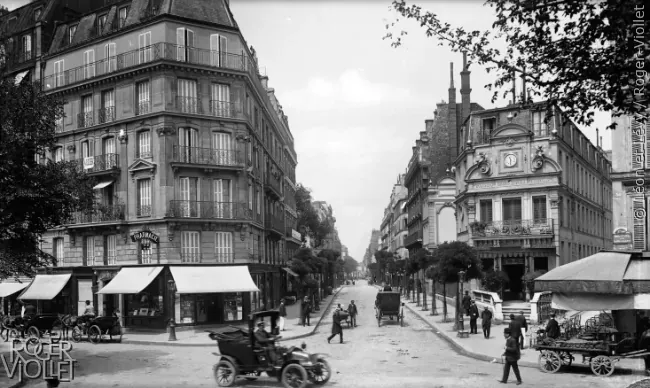
Batignolles around 1900
ry Saturday, the streets come alive with the buzz of the Batignolles organic market. Here, local farmers and producers gather to sell a range of organic products, from fresh produce and artisanal cheeses to organic wines and locally-sourced honey.
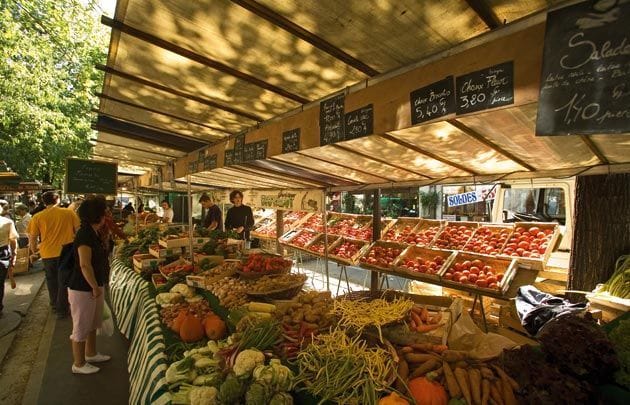
Batignolles organic market
Batignolles is a district that invites exploration, each corner revealing a new facet of its character. From its artistic heritage to its commitment to organic living, this neighborhood is a must-visit for those seeking a unique Parisian experience beyond the usual tourist trail.
Travel Tips: Embracing "Flânerie"

ExplorParis is as much about the journey as it is about the destination. In the spirit of "flânerie," a quintessentially French concept of leisurely strolling with no aim other than to observe the beauty and rhythm of the city, we invite you to put away your map, lace up your walking shoes, and discover Paris at a slower pace.
Flânerie is more than just walking; it is about immersing oneself in the environment, taking in the sights, sounds, and smells, and allowing the city to reveal itself to you. This unhurried exploration is my favorite way to experience Paris. Every now and then, I embark on a long walk along the Seine from Notre Dame to the Eiffel Tower, crossing the river several times to discover the charm of Saint Germain, The Marais, and the 1st Arrondissement.
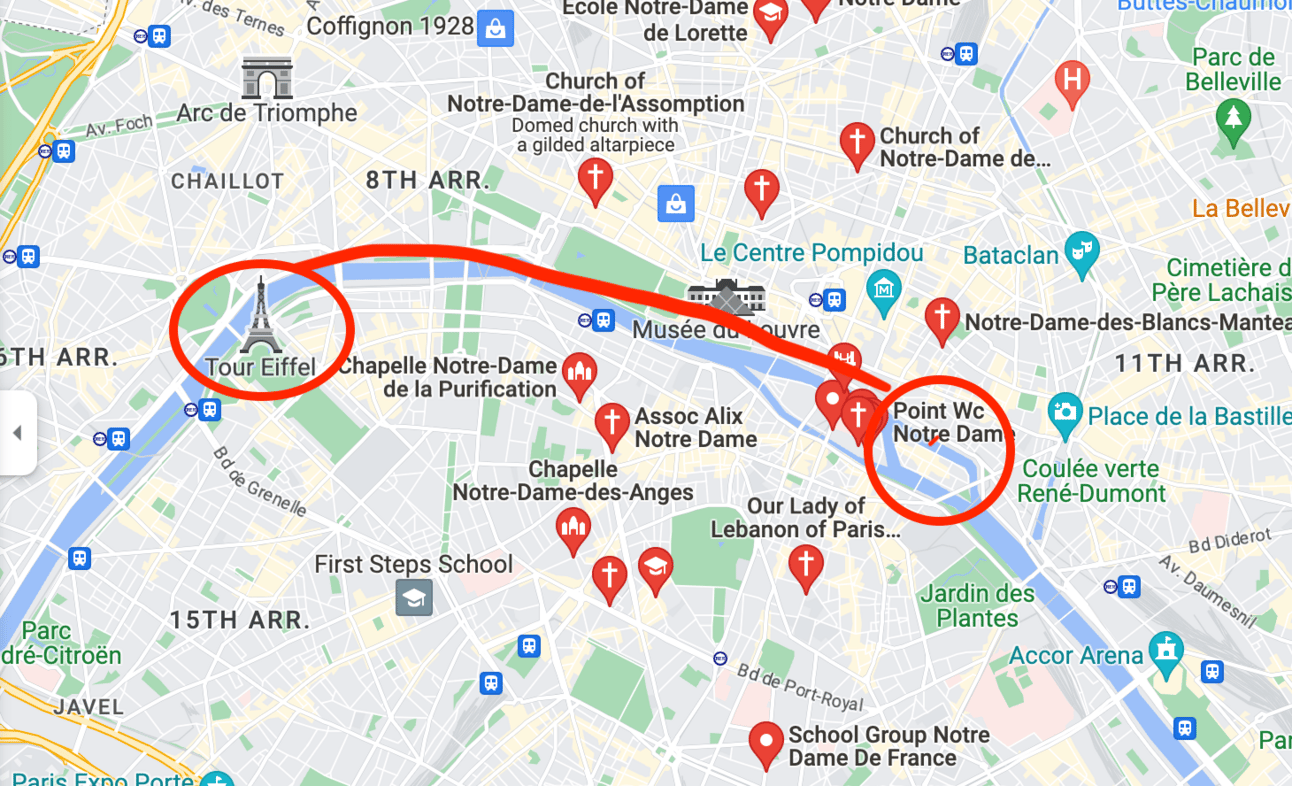
Whees to neighborhoods, Saint Germain with its intimate, winding streets filled with unique shops and classic bistros, is perfect for an aimless wander. The Marais, on the other hand, offers a blend of history and hipness, with its aristocratic mansions and trendy boutiques. The 1st Arrondissement, home to iconic sites like the Louvre and Palais Royal, is ideal for those who like their strolls steeped in grandeur.
While flânerie is fundamentally aimless, there are certain things you can look out for to enhance your experience. Keep an eye out for historical plaques on buildings that narrate snippets of the city's past, or the unique architectural details that make Parisian buildings so distinctive. Allow your senses to guide you - the smell of fresh bread from a boulangerie, the sound of a street musician, or the sight of a hidden garden could lead to your next great Parisian discovery.
Embracing flânerie opens up a whole new way to experience Paris. It's a reminder that sometimes, it's not about where you're going, but the journey itself. So, set out, meander, and let Paris unfold around you.
Art & Literature: Charles Baudelaire - A Poetic Love Letter to Paris
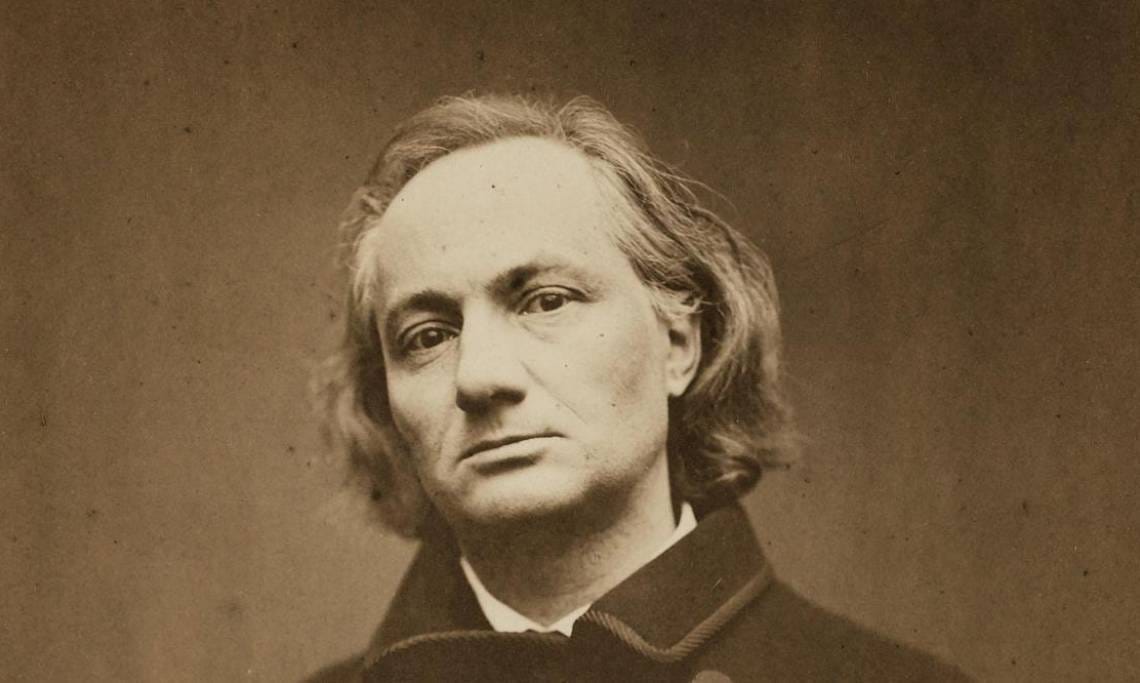
Charles Baudelaire
Chadelaire, the revered 19th-century French poet, was not just a literary figure but an integral part of the tapestry of Paris. Known for his provocative collection "Les Fleurs du Mal" (The Flowers of Evil), Baudelaire's life and work were deeply intertwined with the city, and his influence continues to resonate in Paris's literary and cultural landscape.
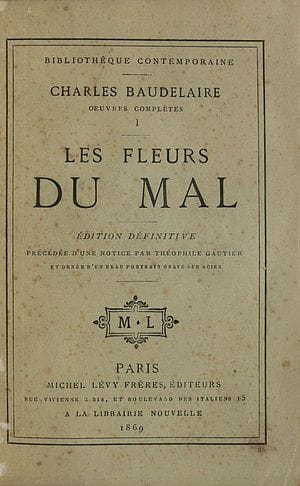
Born inis in 1 Baudelaire was no stranger to the diverse facets of the city. He was a dandy of the Parisian salons, yet equally at home in the bohemian life of the city's underbelly. His poetry, brimming with vivid and emotive imagery, often reflected the dual nature of Paris - its beauty and elegance on one hand, its grit and decadence on the other.
Baudelaire's "Les Fleurs du Mal," despite its initial scandalous reception and legal condemnation for immorality, has since become a cornerstone of French literature. The collection presents a poetic panorama of Paris, capturing the fleeting moments of urban life, the existential angst of the modern individual, and the sordid beauty hidden beneath the surface of the city.

Hotel Lauzun on the Île Saint-Louis
Many locatiassociawith Baudelaire still exist in Paris. You can visit the Hotel Lauzun on the Île Saint-Louis, where he lived for a time and reportedly wrote some of "Les Fleurs du Mal." There's also the Montparnasse Cemetery, where the poet rests, a quiet corner of Paris where visitors can pay their respects to this literary icon.
"To the man who loves art for its own sake, [...] it is frequently in its least important and lowliest manifestations that the keenest pleasure is to be derived." - Baudelaire
Baudelaire once wrote, "To the man who loves art for its own sake, [...] it is frequently in its least important and lowliest manifestations that the keenest pleasure is to be derived." In a way, his perspective reflects the essence of exploring Paris - to find joy not just in its grand monuments, but in its intimate corners, fleeting moments, and simple details, much like the art of "flânerie" we discussed earlier.
Through his transformative lens, Baudelaire forever changed the way we perceive Paris. His life and poetry invite us to see beyond the surface, into the heart of this remarkable city.
A Peek into History: Paris Skyline - A Tale of Time
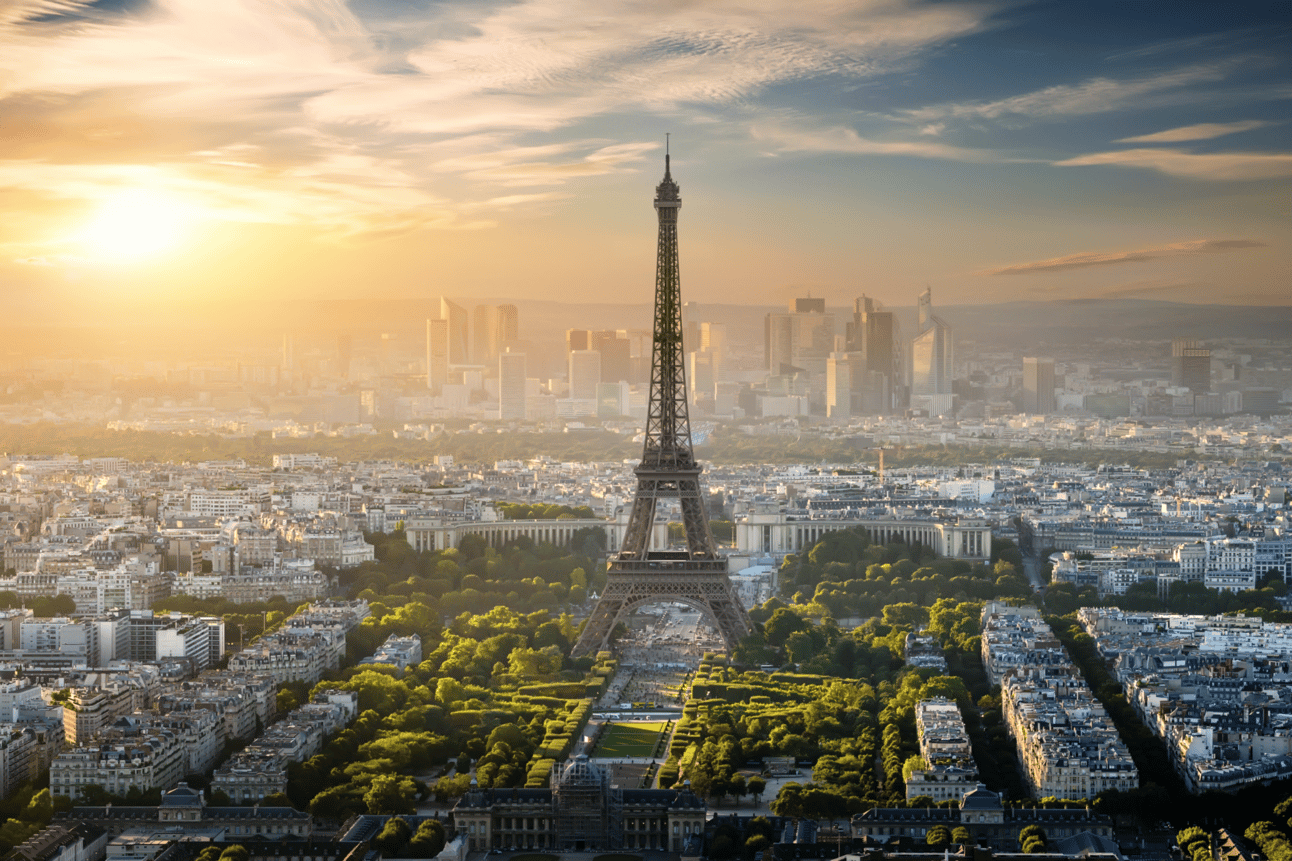
Pars a city ded by its icoskyline - a diverse tableau that reflects the rich tapestry of its history. The Parisian skyline is a harmonious blend of ancient, old, and modern structures that tell the story of the city's architectural evolution over the centuries.
In the Medieval period, Paris was dominated by religious architecture, with structures such as the Cathedral of Notre Dame standing tall. Built in the 12th century, Notre Dame's towering spires and gothic intricacies represented the heights of architectural prowess of the time and the significance of the Church in Parisian society.
The skyline began to shift during the Renaissance and the Classical era, as grandiose palaces and elegant townhouses started to make their mark. Structures like the Palais du Louvre and the Place des Vosges represented this era, characterized by symmetry and ornate detailing.

Haussmannian-style boulevard in Paris
The 19th centubout drastic changes, with Baron Haussmann's renovation of Paris. This period saw the introduction of wide boulevards lined with uniform buildings that gave Paris its distinctive charm and uniformity. The Haussmannian style, characterized by stone facades, wrought-iron balconies, and mansard roofs, is now a quintessential part of the Parisian architectural identity.
This era also ushered in the Industrial Revolution, giving rise to one of the most recognizable landmarks of the Paris skyline – the Eiffel Tower. Constructed for the 1889 World's Fair, the tower initially sparked controversy but soon became a beloved emblem of the city.

The 20th century anyond haeen more modern additions to the Paris skyline. La Défense, the city's business district, is home to contemporary skyscrapers and striking structures like the Grande Arche. These modern structures are a testament to the city's continuous architectural evolution, adding a new chapter to the historical narrative of the skyline.
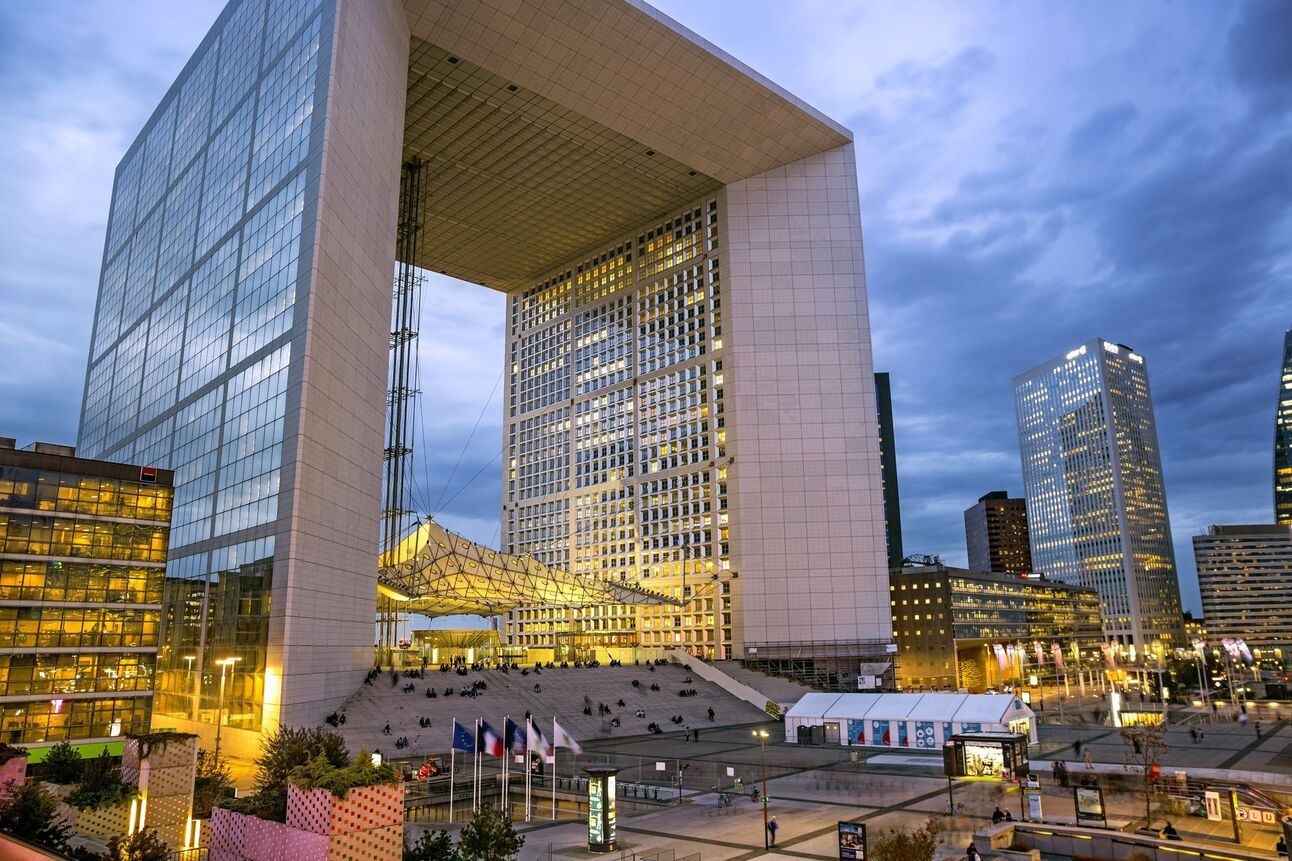
Grande Arche
From the spires ofi cathed to the sleek lines of modern skyscrapers, each silhouette in the Paris skyline has a tale to tell, creating a panoramic storybook that narrates the city's past while reaching out into its future. As you stroll through the streets of Paris or gaze out from a high vantage point, remember to look up - you'll be looking into the architectural soul of the City of Light.
Fun and Unusual Stuff: The Hidden Arrows of Paris
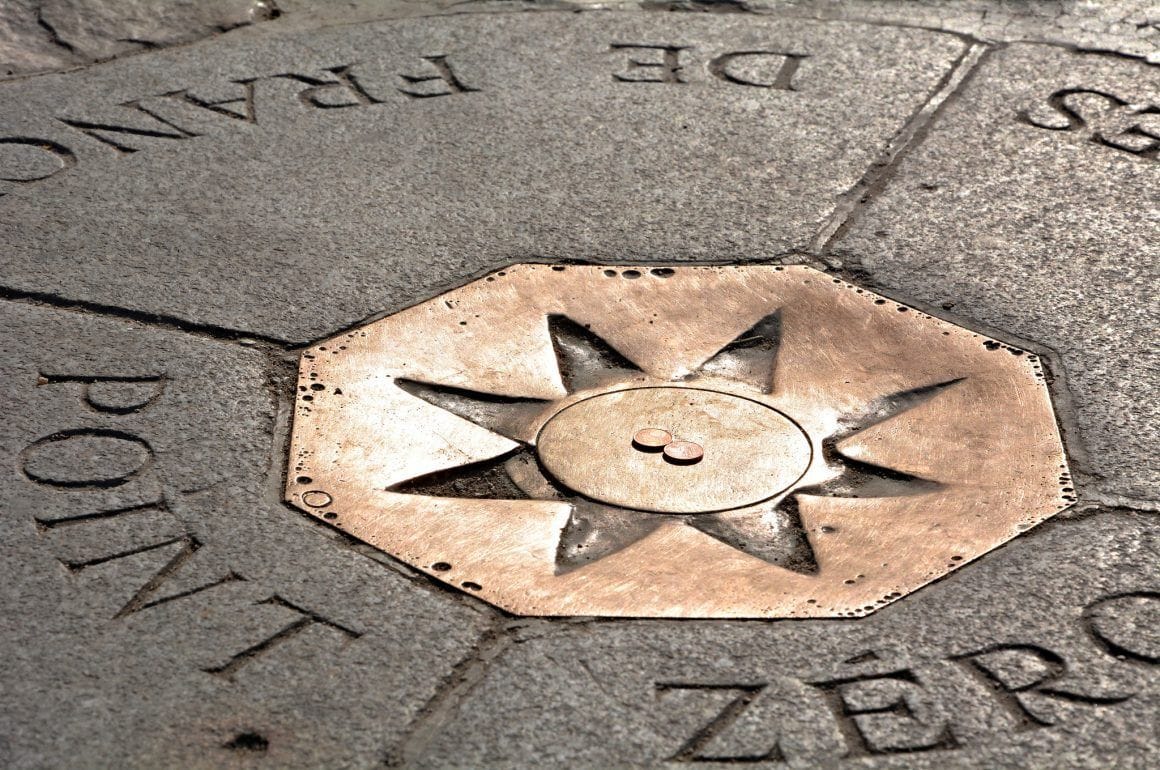
Paris, the city that drmillions to itsnic landmarks, holds secrets in plain sight. One of the lesser-known curiosities is the 'point zero' markers, small bronze compass roses, set in the city’s pavements and streets, easily missed amidst the bustle.
These arrows, called 'méridiennes', trace an invisible line that runs from north to south through the city. They are remnants from a 19th-century initiative by astronomer François Arago to establish a Paris Meridian. While they might not be as famous as the prime meridian in Greenwich, they have an intriguing story tied to Paris's scientific and historical fabric.
The most famous of these markers is in front of Notre Dame Cathedral. The brass plaque is considered the official center of Paris, and folklore suggests that standing on it brings good luck. But look closely around the city, and you'll find more than 100 more of these markers. You'll see them in parks, squares, and even on buildings – a silent testament to the city’s past.
So, next time you stroll through Paris, keep your eyes peeled for these subtle points. They're a different way to navigate and understand this beautiful city, connecting you with the Paris of yesteryears, one 'point zero' at a time.
